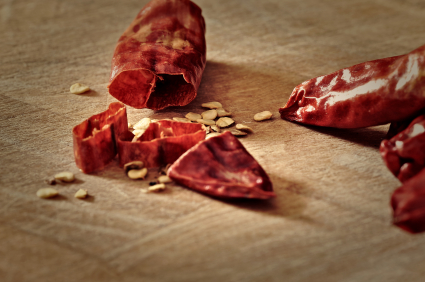 In an extended emergency, it is essential to have a well-stocked collection of seeds to rely on for food security.
In an extended emergency, it is essential to have a well-stocked collection of seeds to rely on for food security.
Traditional heirloom varieties of seeds can be saved and used for future harvests, but the hybrid seeds you usually find at stores have a one time use and therefore should be overlooked for the most part. Non-genetically modified seeds (non-GMO) or heirloom varieties are the way to go for long-term sustainability.
Aside from the added assurance of a dependable crop, in a pinch you also have an emergency food source in the form of sprouted seeds. Edible sprouts have an extremely high nutrient and vitamin content that will provide you with a daily source of vitamins.
Diversify Your Seeds
Having a wide variety of seeds will help get a good collection of seeds with different qualities. Seed companies do not diversify their seeds and the end result are plants that are more vulnerable to natural elements such as weather, insects and disease.
Having seeds that have different characteristics will help plants be more resistant to pests and diseases or adapt to changes in climate is contained in the seed itself. Collecting seeds at random can help you achieve this diversity. When collecting seeds from your heirloom seeds, use these seed collection tips for your next harvest:
Collecting the Seeds
- Collect seeds when they are mature and drying on their stalks. Lay them out in a shady spot during warm weather for 2-3 days. Remember: the drier the seed the better. Larger seeds may take longer, so allow for extra drying.
- Listen to the sound the seeds make when you break them to decide if they are dry enough. When they are dry, large, flat seeds, like pumpkin, they make a “snapping” sound when twisted. Large, thick seeds, like maize or beans, make a “cracking” sound when bitten. And small seeds make a “cracking” sound when squeezed between fingernails.
- Make sure you choose healthy seeds that are not abnormally shaped, small or damaged.
- Diversifying and finding seeds with special qualities makes crops less vulnerable to disease, pests and unusual weather conditions. At times, having identical crop varieties growing will result in a crop failure.
In summary, finding the right seeds and storing them for the next season is important in making long term preparations. Collecting the best seeds that are absent of abnormalities and finding characteristics in the plant that are appealing will create a more dependable crop source.
This article was originally published at Ready Nutrition™ on October 12th, 2009







Greetings. I am so pleased to have discovered your site. I believe strongly in the bounty of the natural land, and, after reading “Pandora’s Seed” by Spencer Wells, feel satisfied that learning to become a hunter-gatherer is essential for good health and realistic survival. I spend my time working with children, introducing the natural world around, above and below. Lately we have been having fun with milkweed seeds, watching the fluffy seeds blow like snow in the wind. One of the children asked me if the seeds can be eaten, and, not being sure, I said, “let’s try one.” The seed tasted like a peanut/walnut, and was delicious! So, by discovering with children, I always learn, and love it!
Again, I am delighted in your site, and look forward to more articles. Maybe I can share my stories with you!
Thanks you all.
Ken Levine